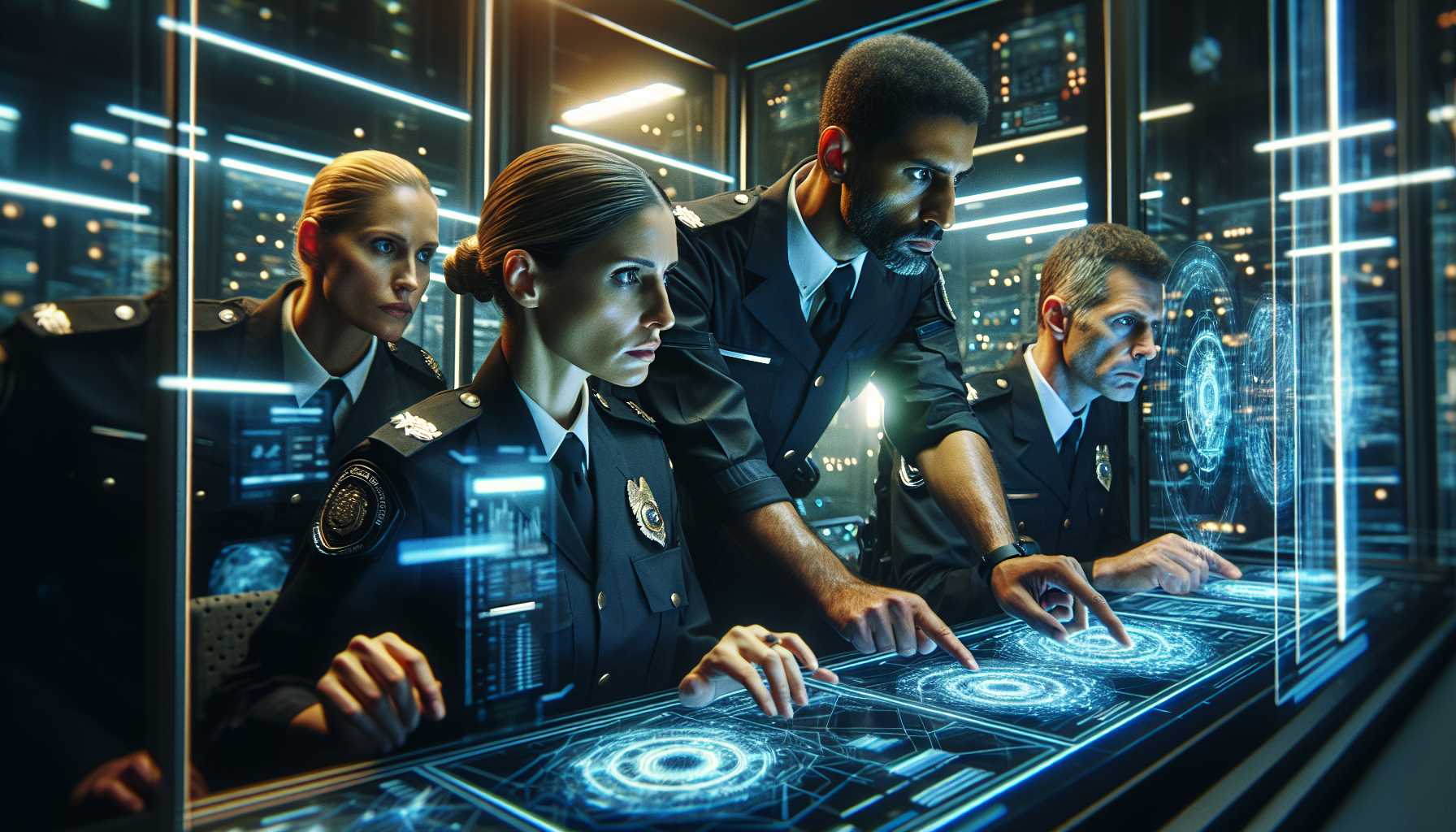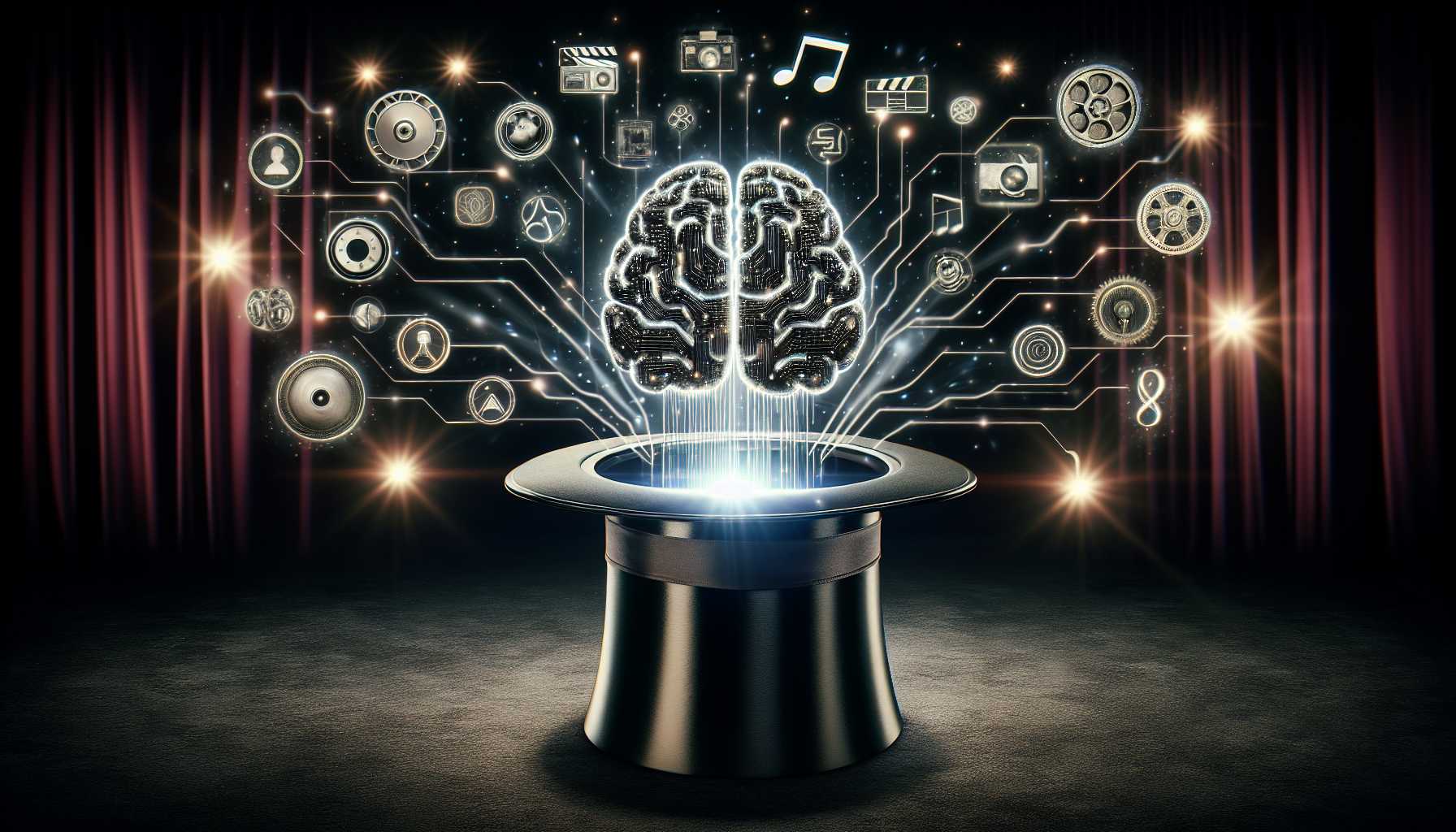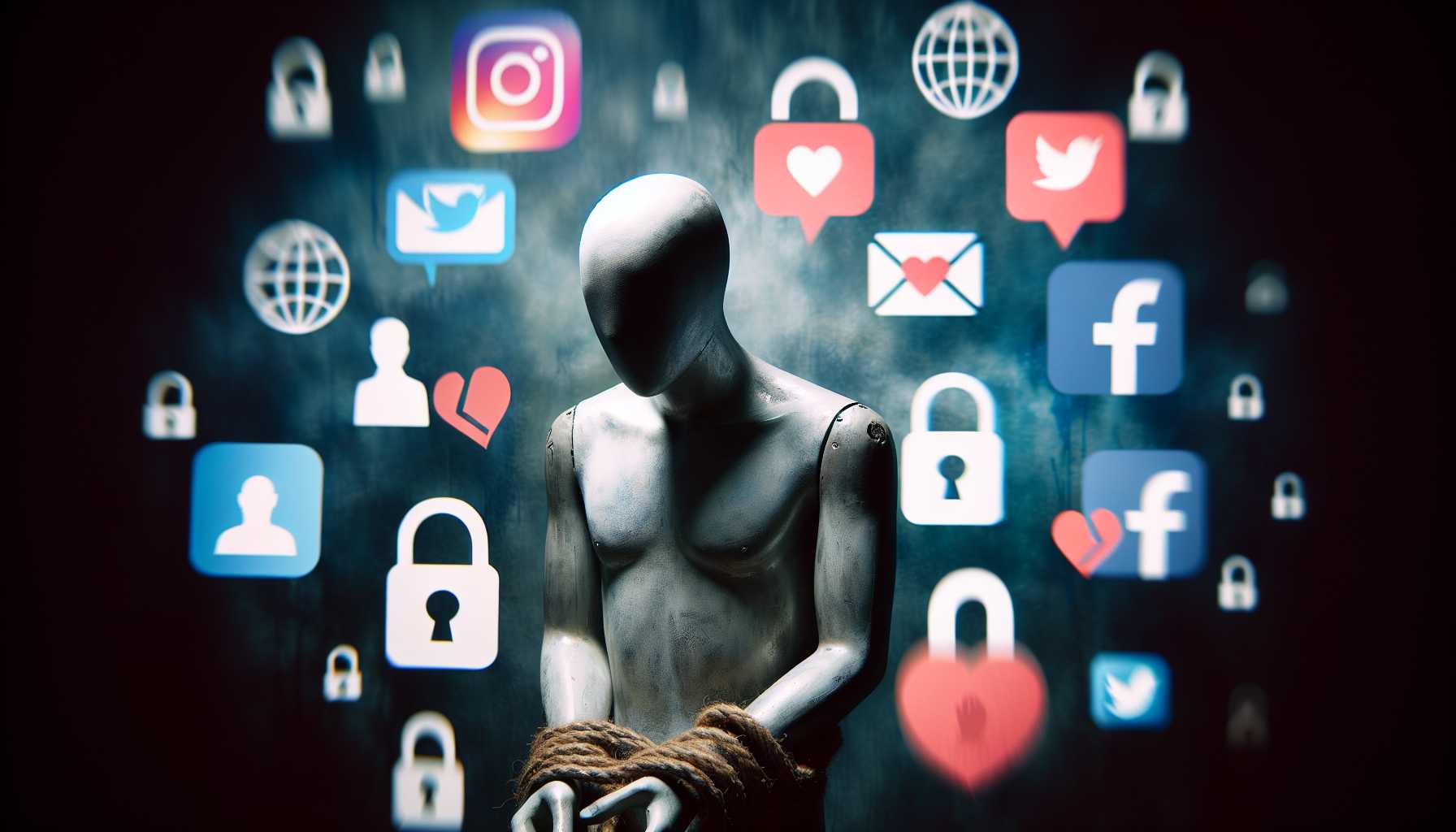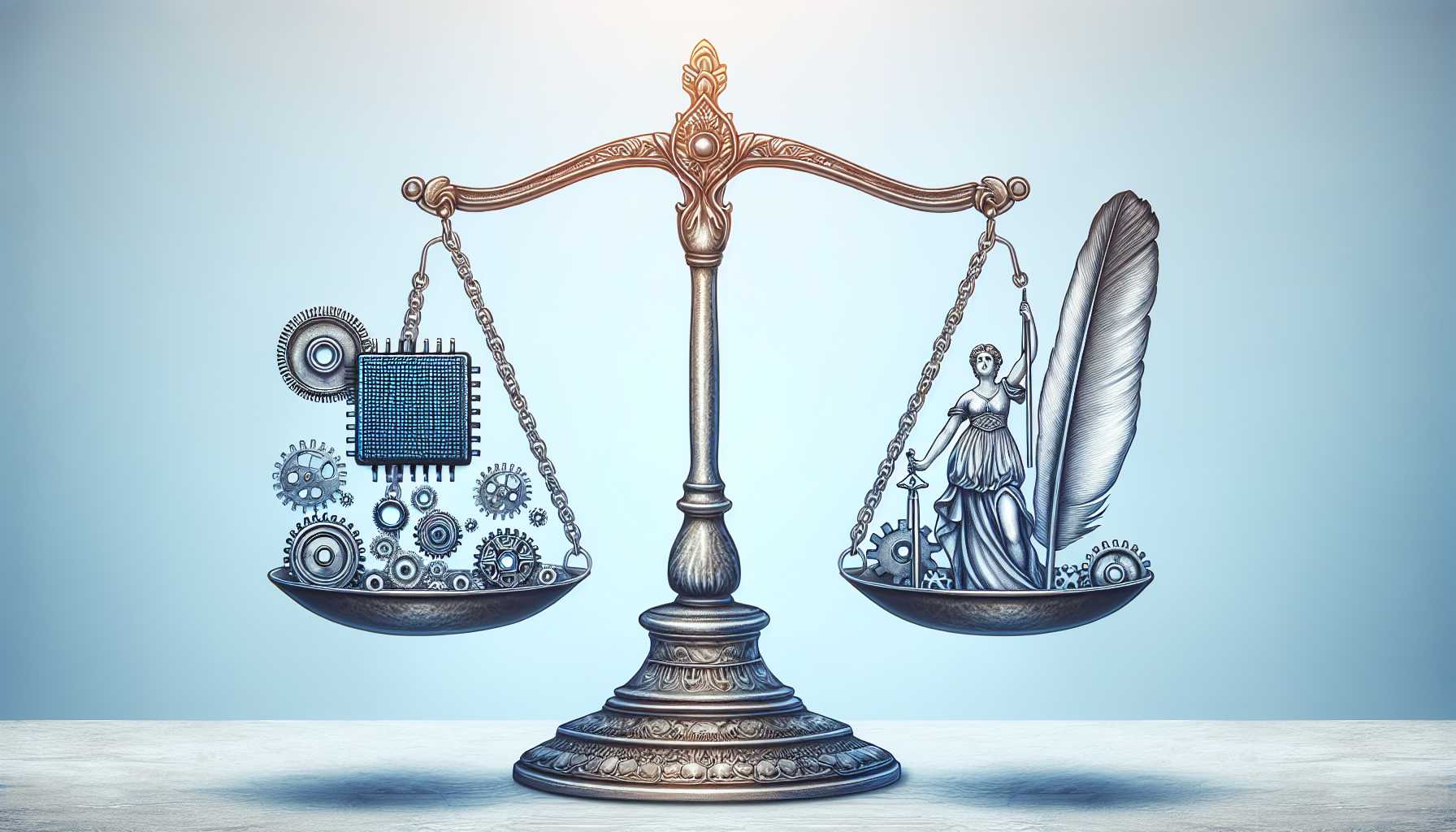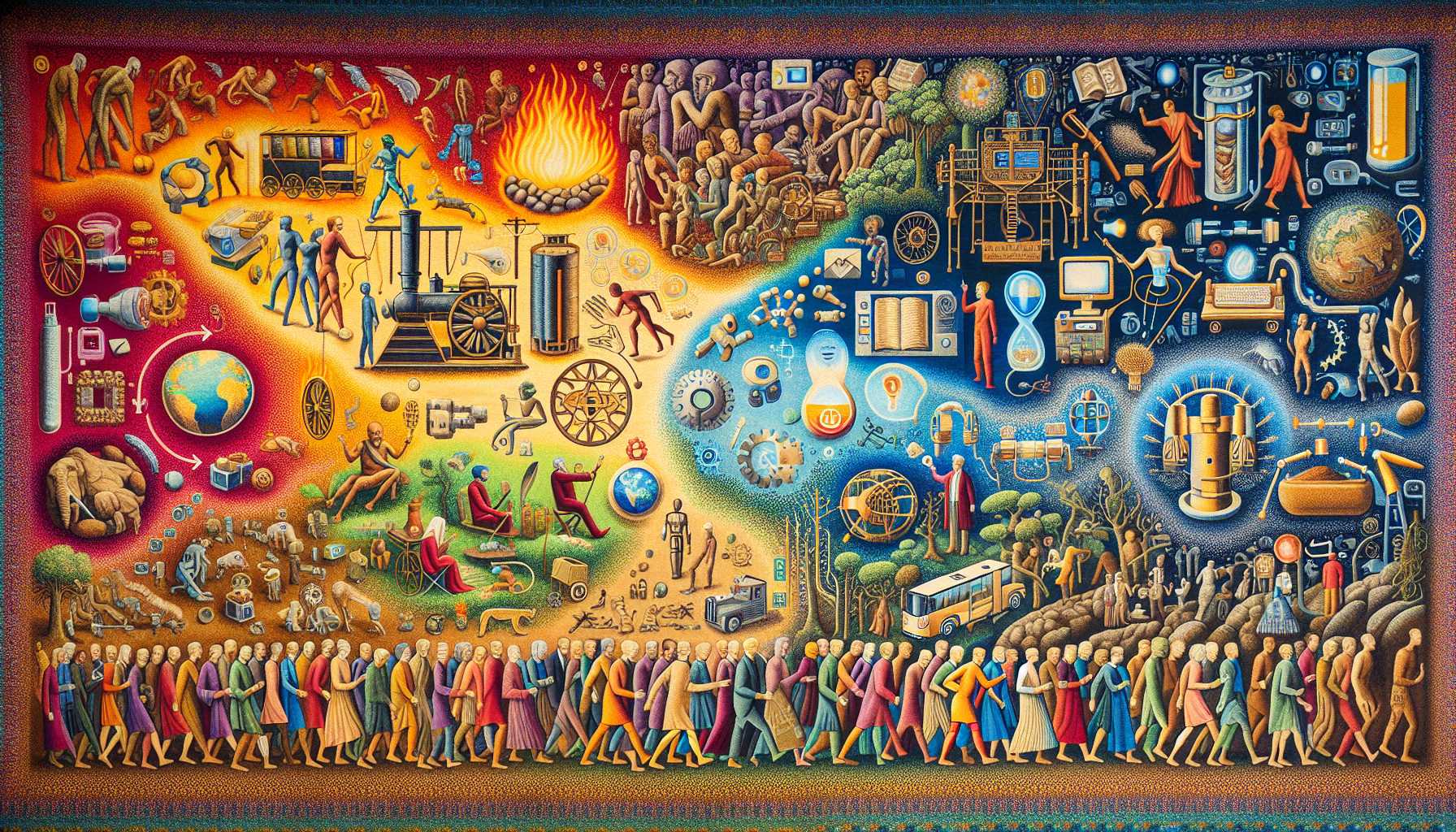The tech landscape is evolving at a meteoric pace, bringing unfathomable advancements and equally significant ethical quandaries. As a product manager leader steeped in the tech cosmos, I’ve witnessed these innovations reshape societal norms. But as tech news unfolds, it reveals a stark dichotomy: for every leap in technological prowess, there’s a potential pitfall lurking in the shadows of its implementation. In this article, we’ll explore how the U.S. Department of Justice is handling AI-based policing tools, a unique case involving comedian George Carlin’s AI-generated content, and the tumultuous waters of content moderation on Elon Musk’s social media platform X amidst a Taylor Swift deepfake scandal.
1. Justice Delayed: The Pitfalls of AI in Predictive Policing
Artificial intelligence’s foray into policing was heralded as a revolutionary step toward smarter law enforcement. Yet, despite the shiny allure of AI’s promise, evidence suggests that all that glitters isn’t gold. Recently, a saga involving the U.S. Department of Justice (DOJ) and predictive policing tools highlighted the inherent biases these systems can perpetuate. Congress members requested a halt to all DOJ grants for predictive policing systems amidst fears that these grants may inadvertently fund discriminatory practices within law enforcement agencies. The accuracy of such tools remains in contention, as impartial assessments revealed them to be pretty unlamentable in predicting crimes—successful “about as often as a broken clock is right.” As a tech aficionado and industry insider, these revelations raise flags about the practical utility of such AI systems. They are trained on historical data that is, by nature, tainted by human prejudice. What we have here is not a high-tech crystal ball but a feedback loop that risks reinforcing the biases of yesteryear.
2. AI Echoes of the Past: The George Carlin Content Conundrum
Turning to a lighter, albeit controversial chapter in AI’s narrative, let’s address the bizarre case of ‘George Carlin: I’m Glad I’m Dead.’ Concocted from the depths of AI’s capabilities, the ‘new’ Carlin performance stirred the pot of ethical concerns and intellectual property rights. Here’s an instance where technology steamrolled over the sentiments of both fans and the estates of artists. The Carlin estate’s lawsuit against the makers highlights a pressing question: When does an AI homage cross the line into the territory of misappropriation? While the debate rages, there’s no denying the unsettling nature of witnessing a past figure resurrected by the whims of a machine-learning algorithm. Whether it’s seen as a triumph of technology or a disrespectful stunt depends largely on who you ask—but for me, it stands as a stark reminder that innovation without introspection leaves much to be desired.
3. Swift Action: The Ripple Effects of AI-Generated Deepfakes
Our conversation would be remiss without delving into the Taylor Swift deepfake debacle, which shone a glaring spotlight on the misuse of generative AI. As explicit, AI-created images of Swift spiraled across social media platforms, the conversations quickly pivoted from technological achievement to ethical violations and personal invasion. Platform X’s strategic move to block searches for the artist in the aftermath showcases the tightrope walk of content moderation in the digital age. It’s a timely illustration of how tech giants must grapple with their role as arbiters of what is shown and shared within their digital domains. Potent as these AI tools are, they raise red flags. The spread of deepfake content is not just a problem for celebrities like Swift but a plausible threat to personal dignity, privacy, and truth in our broader society. Herein lies the true challenge: how can we harness the staggering potential of AI while ensuring it’s wielded with respect for human values?
4. A Final Word on Tech’s Tenuous Transition
Towards the end of these reflections, it becomes apparent that the tech industry—my domain—is standing at the precipice of a new era. As we eagerly turn the pages of the AI playbook, the marginal notes scribbled in haste warn of ethical concerns that, if unheeded, threaten to overshadow our strides. The responsibility falls on us—innovators, policymakers, and the public—to ensure that the fruits of our technological marvels serve the greater good without impinging on fundamental rights. It is through this lens that we must evaluate each new gadget or gizmo, query or code. It’s an ongoing narrative, rife with conflict and contrast, yet the progress we’ve made cannot be undone. The way forward? To step thoughtfully, critically, and always with an eye on the horizon of what could be if only we strike that elusive balance between innovation and integrity.
In closing, these stories reflect the tumultuous waters where technology meets society. The questions they raise are urgent and complex, and as tech continues to infiltrate every facet of our lives, the need for continuous dialogue and stringent ethical safeguards has never been greater.
Conclusion
As we navigate the elaborate dance of progress and principle, these episodes serve as stark reminders of the dual nature of technology—it is a tool that can elevate and, if unchecked, potentially degrade the very fabric of our society. It is our collective task to ensure that we wield the digital brush with a hand guided by conscientious governance and a steadfast commitment to fairness and truth. In the relentless march of innovation, let us weave a tapestry that encapsulates not only the brilliance of our inventions but the depth of our humanity. Let this be the mission of our generation: to build a future where technology serves to uphold, not unravel, the moral threads that bind our diverse and vibrant tapestry of life

